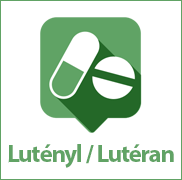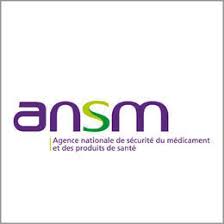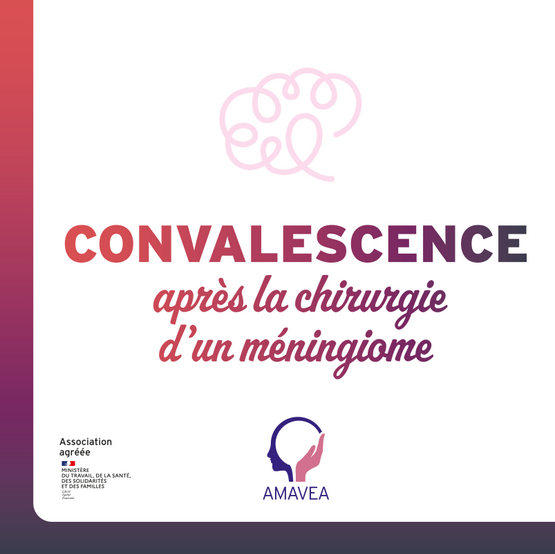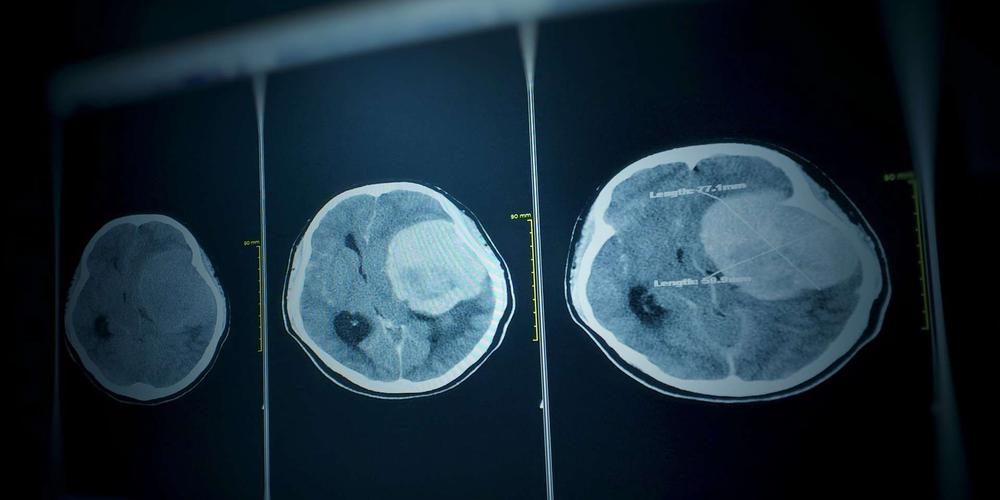ANSM National Safety Agency for Medicines
Visio meeting of January 22, 2021
Temporary scientific committee "Lotényl/ Lotéran and risk of meningioma"

Members of the temporary scientific committee present:
Sébastien Froelich, president (neurosurgeon)
Geneviève Plu-Bureau (gynecologist)
Etienne Richer (gynecologist)
Jacques Young (endocrinologist)
Henry Dufour (neurosurgeon)
Martine Alt-Tebacher (CRPV pharmacologist)
Thierry Brillac (general practitioner)
Alain Weill (epiphare epidemiologist)
Sabine Trébaol (in charge of institutional relations of the Endofrance association)
Angèle Mbarga (President of the Fibrome Info France association)
Axelle Ayad (representative of the Endomind association)
Emmanuelle Huet-Mignaton (president of the AMAVEA association)
Presentation of the director general Christelle Ratignier-Carbonneil
This CST is the 5th on meningiomas, an eminent complex subject. We are at a dozen meetings if we count those with the Androcur. According to her, it is important to have all the stakeholders gathered, she followed the exchanges, the decisions statement, and finds that the debates are of high quality.
Even if the positions are not aligned, they must be able to express themselves, and the given analyzes must make it possible to reach a construction and the decision.
The time for information is important, you must be able to give doctors, healthcare professionals and patients, the clearest documents possible .
Information discussions to professionals and patients
- I- Mail
It is recalled that CNAM/ANSM news letters is a procedure that has been done to date only in 3 cases
- Mediator ( Benfluorex ) ( could be prohibited because there is a zero benefit-risk, the drug was useless )
- Dismine (V alproate of sodium / valproic acid ) ( is not prohibited, because in certain indications, it is irreplaceable )
- Androcur ( cyproterone acetate ) ( is not prohibited, because in certain indications, it is irreplaceable )
Problems encountered with these letters:
- In hospitals, it is difficult to find the prescribing doctors, since everything is centralized to the department head.
- Notion of the initial prescriber and the last one who renewed.
Pharmacists have non -individualized letters.
It was discussed which doctors to send letters, in addition to generalists and specialists that are gynecologists and endocrinologists, do not forget radiologists, neurologists and neurosurgeons.
Reminder: for Androcur, letters had been sent to dermatologists, endocrinologists, gynecologists, general practitioners, penitentia, oncologists, pediatricians, psychiatrists, urologists.
Alain Weill specifies that letters go much larger in volume than for Androcur, since more than 1 million women have been treated by Lotéran or Lotényl.
Martine Alt-Tebacher specifies that there will be targeted letters and unknowled letters. This will allow doctors to have information several times and thus avoid the vertical classification.
Targeted letters to doctors, with the names of the patients concerned are the most effective.
Going beyond two years of prescription history is a regular request from the AMAVEA association, and although we have worked on this problem with other associations, and that it was discussed in the ministry during the meeting in May 2019, there is no evolution of this problem.
- II- Information certificate
The certificate made for Androcur is suitable for everyone except the last sentence, which irritates most of the doctors present.
This certificate of information does not in any way constitute a discharge of responsibility or an acceptance of the risk in the state of knowledge to date
Geneviève Plu-Bureau indicates that for the Duskine, "the stake is more dramatic" (!!) and that the progestins must be taken into account which have a vascular risk
Sébastien Froelich indicates that it should be taken into account that for Lotéran and Lotényl, the risk is less but the prescriptions are more important.
The certificate to be signed after a year poses a feasibility problem: where to register the date of 1st prescription, on which document? In practice, to determine when the 1st MRI is triggered , it may be complicated to identify this 1 year of treatment (if a change of doctor, if stopping treatment over a long period and then resumed, for example).
It is discussed just to sign a discharge to the patient, as is done before surgery. I am personally opposed to it, this document seeming to me insufficient since not necessary for the issuance of the drug.
It is necessary to inform in a loyal way, because we have seen during the public consultation of November 2 that what women denounce is this lack of information from doctors.
Additional information
It has been found that Androcur has been replaced in certain indications by Spironolactone since June 2019, with a 30% increase in sales. It is recommended by certain learned companies of endocrinology.
In the CRPV (pharmacovigilance), it was declared:
- Androcur 853
- Diane 35 35
- Lutéran 240
- Lutényl 180
No statement for Spironolactone to date.
Sébastien Froelich said that associations are doing a lot of declaration work, and he thanks them.
Alain Weill recalls that Diane 35 was prohibited for a while and that the doctors replaced him with the Androcur! So be careful, when you limit a medication or prohibit it, by what other medicine replaces it doctors, since it can be worse in terms of side effects!
Laboratories are informed by the ANSM when their medicines are used out of AMM.
Isabelle Yoldjian specifies that:
- Epidemiological work is underway on the Mirena/ Sterilet with copper of which we will have the results in 1 month.
- An impact study on hysterectomies seems necessary to him.
Emmanuelle Huet-Mignaton

Reminder of information on the ANSM website: Emailing: https://www.ansm.sante.fr/var/ansm_site/storage/original/application/058fe2101a6236e1a82183639a396b53.pdf
Recommendations: https://www.ansm.sante.fr/var/ansm_site/storage/original/application/4919890c7a1c638c223da8c86579f148.pdf
ANSM- CST meeting of January 22, 2021- Lotéran Lotényl and Méningiomes
Find our other articles here





